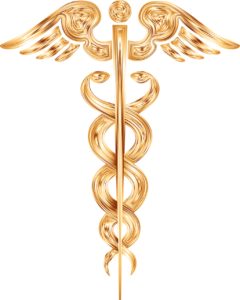
Perhaps you’ve seen me say allopathy in other places on this site or elsewhere on the net and have been wondering, “Allopathy? What is that?”
Let me seek to elucidate you!

Allopathy
Conventional medicine. The modern, pharmaceutically-driven approach to health care. There is a fractured view of the body and its systems leading to more than 120 different specializations for physicians to choose from. Big Pharma has also driven the cost of health care through the roof.
The history of the term allopathy is from homeopaths–specifically from German physician Samuel Hahnemann. After finding frustration with conventional medical practices, he turned to homeopathy and found the answers he and his patients needed. It is a bit of a joke and a play on homeopathy.
Homeopathy breaks down to similar suffering etymologically. This is because homeopathy seeks to find substances that produce similar symptoms (without using the exact item like using rhus tox (poison ivy) to treat poison ivy–which is isopathy or same suffering etymologically). By finding a substance that produces similar symptoms, without being the exact, isopathic remedy, homeopathy helps to allow the body to self-correct. This happens by causing the body to have a slightly stronger reaction than it was having which lets the body know what it needs to do to fight the current condition.
Homeopathic remedies are diluted and potentized. They often contain little to no discernible “active ingredient.” The active ingredient isn’t the substance but rather the preparation and potentization. However, this allows homeopaths to use poisonous, toxic substances without the danger. In fact, a properly prepared remedy can be taken by the bottle and will have little to no effect even on someone not needing the remedy. Homeopathic remedies are specific to the person, not to a condition. They must be matched to a person to have an effect. The body can choose to use or not use a homeopathic remedy. If you’re wondering, it is not a placebo effect because homeopathy has profound results on infants, children, and even animals. I’ve even read accounts of homeopathy being used to help a plant when being transplanted.
Allopathy means different or other suffering etymologically. Rather than working with the body to nudge it to healing, allopaths seek to find a strong, opposite substance to combat the condition. It is a war, and allopaths have the tools to overwhelm the body and force it to experience the effect of the drug given. This doesn’t mean the drug will have the desired result or even something the patient can feel physically, but the substance will overcome any resistance from the body and cause changes. In naturopathy, substances that have this effect are considered poisons, and we list drugs along with things like deadly nightshade and foxglove.
Even though allopaths do not readily accept homeopathy’s term for it or the practices homeopaths use, they do sometimes borrow from the natural playbook. In fact, nitroglycerin used by heart patients is actually a homeopathic remedy. It is called Glonoinum by homeopaths. Further, some university hospitals and education programs include information on homeopathy (University of Michigan, for example), so the information is out there and used by allopaths in some cases.
Naturopathy
A holistic approach to whole health.
- Mother of all healing arts and oldest known form of healing
- 65% of the world uses naturopathy as primary care
- Builds the body to create an environment inhospitable for any disease
- Restores balance to the body, mind, and spirit
- Works with the whole person seeking the root cause
- Offers hope, even in the darkest situations
- Includes all drugless forms of healing—including, but not limited to, herbology, nutrition, homeopathy, all bodywork including basic massage and chiropractic, energy work including Reiki, and even taking a walk or watching the sunrise
General differences:
| Naturopathy | Allopathy |
| Shines in preventative and healing | Shines in emergency, life-and-death situations |
| Works to bring balance | Works to combat a condition |
| Modalities used do not overcome or force the body into an action | Modalities used overcome and force the body into an action |
| Centuries (even millennia in some cases) of use and observational evidence | Skeins of research (too frequently done by Big Pharma) |
| Seeks to help the client cure him/herself by building the body, removing poisons and parasites, and helping the body work effectively without seeking to diagnose or name a disease process | Seeks to cure with chemical drugs (all are petroleum based), removing offending anatomical parts, and diagnosing/naming diseases |
| Synergistic approach. Considers how each part affects the whole | Fragmented approach. Considers how to fix or change an offending part, regardless of how it affects other parts |
| The client is a vital part of the process and is the one doing all the work | The physician has the answers and tells the patient what to do |
| Teacher and personal cheerleader | Has all the knowledge and little time to share it |
| Spends typically an hour or more with you during an appointment | Spends typically between 10-25 minutes with you with some doctors spending less than 9 minutes during an appointment |
| Body’s condition/environment causes disease. This is why some people avoid even the deadliest plagues through history | Germs cause disease. If you are exposed, you get sick |
| Personalized. One disease, hundreds of approaches. How will you be helped best which will be different from how someone else would be best helped even with the same condition | Generic. One disease, one drug theory. If you have x condition, then take y drug |
| Generally trained to be encompassing and embracing of other modalities | Often taught to be dismissive and condescending of other modalities |
In the end, practitioners of both are doing the best they can with the knowledge they have and genuinely want to help others get well. As a client/patient, it can be helpful knowing what to expect from each side when making health decisions. If I cut off my arm, you can bet I’d get to an emergency room and allow the allopaths to do their job. However, I would use naturopathy to help myself heal before, during, and after any treatments and use naturopathy for all preventative and chronic conditions as well as most acute conditions that aren’t immediately life threatening. I have personally found allopathic medicine to be more harmful than helpful in the majority of my life. Other’s experiences will vary.
As always, if you have any other opinions or questions, comment below or schedule your appointment today!
Subscribe to our newsletter for more tips on how to live a healthier life with naturopathy.
